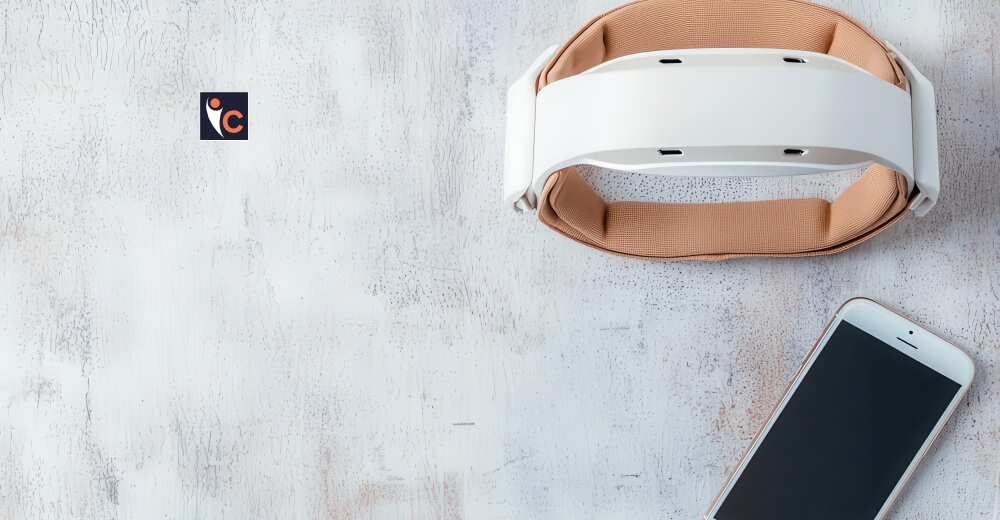Challenges and Opportunities for the Future
The medical device industry is emerging as the central hub of modern health delivery. The product is the essential tool for diagnosis, treatment, and patient care. The sector is however marred by multiple environmental challenges such as high wastes, energy consumption, and reduction of resources. In the wake of this growing awareness, sustainability has come to take the center stage among the manufacturers, healthcare providers, and policymakers as a particularly critical area.
This article puts forward how sustainability can be considered critical for medical devices, current practices that are being adopted, and the future directions this very critical industry might take.
The Importance of Sustainability
In medical equipment, sustainability is not only morally required, but also practically essential. About 4–5% of all greenhouse gas emissions are caused by the worldwide healthcare industry. Without major adjustments, the industry’s environmental effect is predicted to increase as the need for medical equipment rises due to an aging population and the rise in chronic diseases.
The medical device business may minimize waste, lower its carbon footprint, and improve the health of the globe by using sustainable practices. Additionally, as patients and healthcare providers place a greater emphasis on ecologically friendly products, sustainability can improve brand reputation and customer loyalty.
The Role of Reuse and Recycle
Recycling and reuse are two of the best strategies to encourage sustainability in medical devices. A significant amount of trash is produced by the single-use nature of many medical gadgets. Innovative businesses are, meanwhile, creating ways to clean and repurpose these gadgets for various use. For example, waste can be greatly decreased by safely cleaning, reprocessing, and reusing some surgical instruments.
Furthermore, several manufacturers are looking into take-back initiatives that let medical facilities return used equipment for appropriate recycling or repair. This maximizes resource efficiency by diverting garbage from landfills and establishing a closed-loop system.
Assistance of Eco-Friendly Materials
Most of the medical equipment used in the world today affects the environment based on materials. Conventional plastics often comprise harmful elements that can leak into the surroundings upon disposal. Consequently, many companies are now researching more easily degradable biodegradable alternatives consisting of bio-based materials or bioplastics.
Additionally, businesses are placing a greater emphasis on using recycled materials in their goods. For instance, some producers have started making new medical gadgets out of recovered plastics from ocean garbage. This encourages a circular economy in the sector in addition to lowering plastic pollution.
Circular Economy Principles
The concept of the circular economy focuses on durability, having the ability to mend, and being recyclable, while designing items keeping their whole life cycle in mind. This will mean designing medical devices that can easily be taken apart for deconstruction at the end of their useful life so they can be effectively recycled.
Design concepts that make recycling simpler and promote the use of modular components that can be improved rather than completely replaced are being embraced by manufacturers more and more. This strategy encourages producers to think imaginatively about product design, which not only saves waste but also promotes innovation.
Future Directions
In the future, high number strategy will be of vital importance in sustaining the innovation for the medical device industry. There is the need to underline the principles of eco-design in creating products that have minimal effects on the environment over their lifecycle. The more health professionals become aware of benefits accrued by sustainable practices, the higher the demand for friendly ecological products.
Further, increased cooperation among producers, medical practitioners, and the related offices of the government will encourage innovation, but ensure all safety regulations are followed.
Conclusion
Sustainability within the medical devices industry is not a fad but a necessity to respond to dangerous environmental consequences of health practices. Given that this industry produces tremendous amounts of waste and depletes natural resources, the integration of sustainable practice opens an avenue to respond to the mentioned impacts without impeding the development of patient care. Some critical strategies that have been incorporated by the shift towards sustainability include reuse and recycling of devices, use of eco-friendly materials, and circular economy principles.
The future of medical devices lies in green designs across the lifecycle, more so on environmental consideration. Durability and repairability are product aspects that could reduce the carbon footprint by maximizing reuse and minimizing waste. A cooperative relationship between manufacturers, healthcare providers, and policymakers is necessary for developing a supportive ecosystem towards achieving sustainability goals.
Moreover, as regulatory authorities introduce stringent environmental standards, companies being leaders in embracing sustainability are likely to gain a road ahead. Eco-friendly products will also be sought after as health care professionals and patients strive hard towards taking responsibility to be environmentally conscious. Conclusion Embracing sustainability in the medical device industry holds challenges and opportunities that could give better health outcomes and a healthy planet for future generations.










